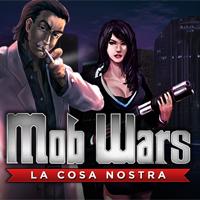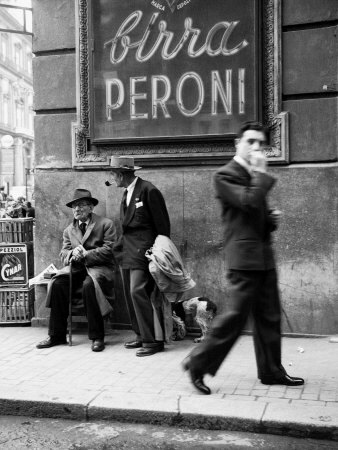

Colombo’s men immediately retaliated and shot the assassin dead.įor Paramount, any sense of relief would be short-lived.

He could make such statements because, in addition to his real estate interests, Colombo was a major figure in organized crime.īefore Colombo could utter a word at the rally, a man disguised as a press photographer dropped his camera, raised a revolver, and shot Colombo three times in the head and neck. Colombo had intimated there would be labor issues, production delays, and other, less defined obstacles that could threaten to curtail the studio’s multimillion investment in their adaption of Mario Puzo's 1969 novel. He was oblivious to the very real gun being aimed at his head.įor months, Colombo had waged war against the Paramount movie, asserting it propagated an exaggerated fiction about the existence of the mafia.

Joe Colombo, a professed real estate agent who led the Italian-American Civil Rights League in protesting stereotyped depictions of Italians in film, was approaching a podium to make a speech during a rally at Columbus Circle in New York. On June 28, 1971, as a Corleone hitman aimed his prop gun under Coppola’s direction, a very similar scene was taking place just four blocks away. Francis Ford Coppola was just a few months into production on The Godfather when he began directing the fictional assassinations Michael Corleone (Al Pacino) orders against family rivals.


 0 kommentar(er)
0 kommentar(er)
